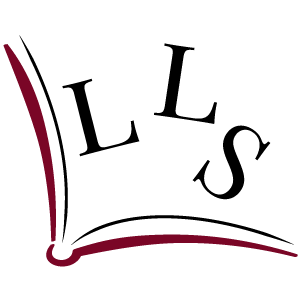

Is it a novel? Is it a poem? What exactly was Virginia Woolf trying to achieve when she wrote The Waves?
In his review in the New York Times in October 1931, critic Louis Kronenberger wrote:
“This prose, this imagery, is not in other words a medium, but an end in itself. The texture of the prose is a warp of sensory impressions woven into woof of poetical abstraction. As prose it has very often a high distinction–it is clear, bright, burnished, at once marvelously accurate and subtly connotative. The pure, delicate sensibility found in this language and the moods that it expresses are a true kind of poetry. And since literature comes before the novel, and “The Waves” reaches the level of literature, whether it is a good or bad novel, or any novel at all, is not really important. Bernard’s summing up at the end, for instance, of what their lives have meant–a cohesive, exquisite and sometimes moving stretch of writing–must be allowed, if no precedent exists for it, to set its own.”
Over the years The Waves has remained one of Woolf’s lesser-known works, perhaps because it defies categorisation and lacks the narrative unity of novels such as Mrs Dalloway and To the Lighthouse. Yes, it can seem difficult, but it is also extraordinarily beautiful, the writing complex and daring. There will be much to discuss during our time in St Ives and two places remain on the Salon study this October!



